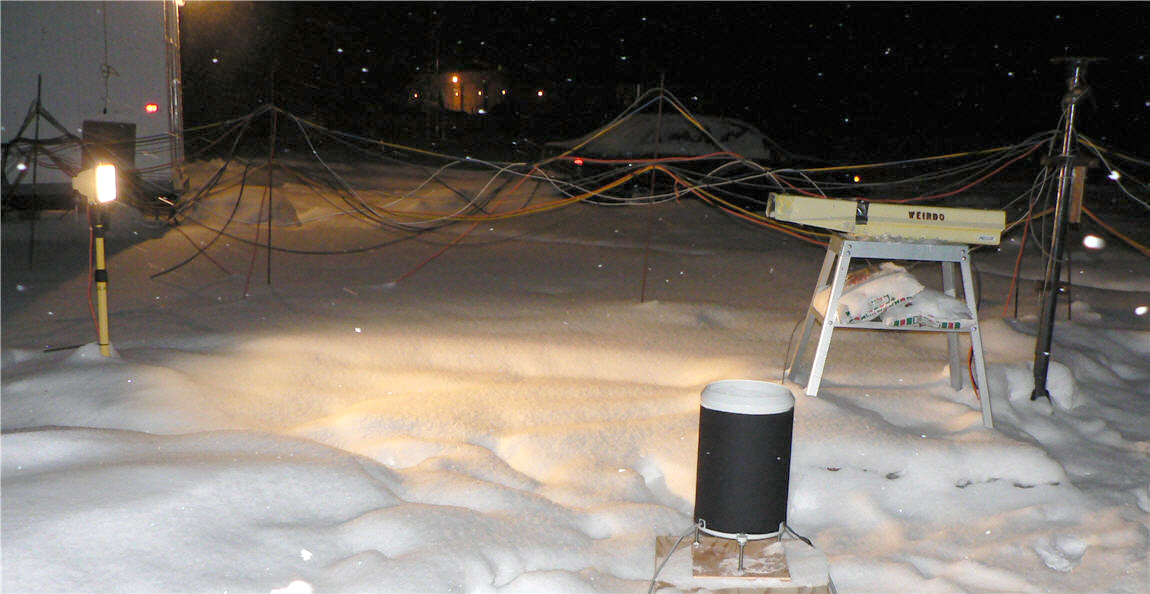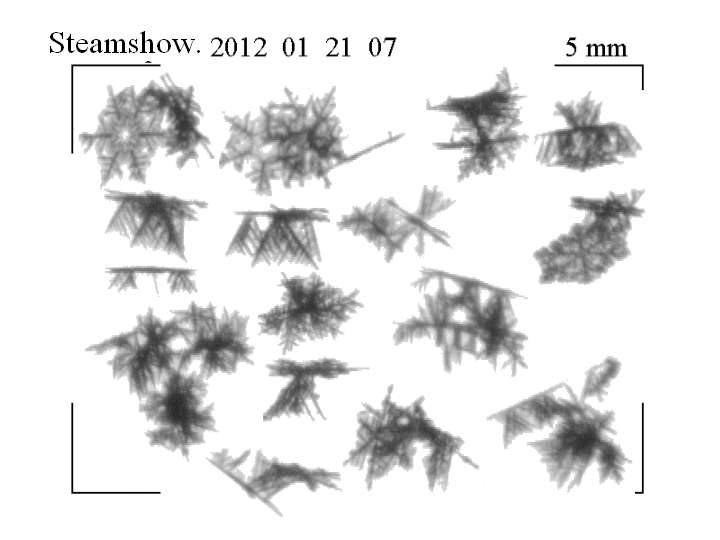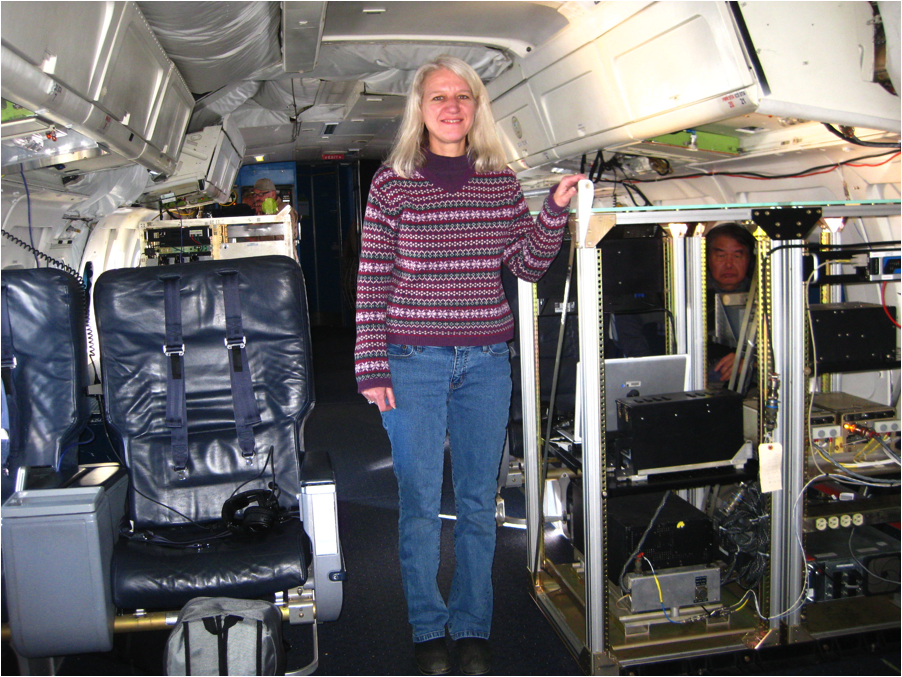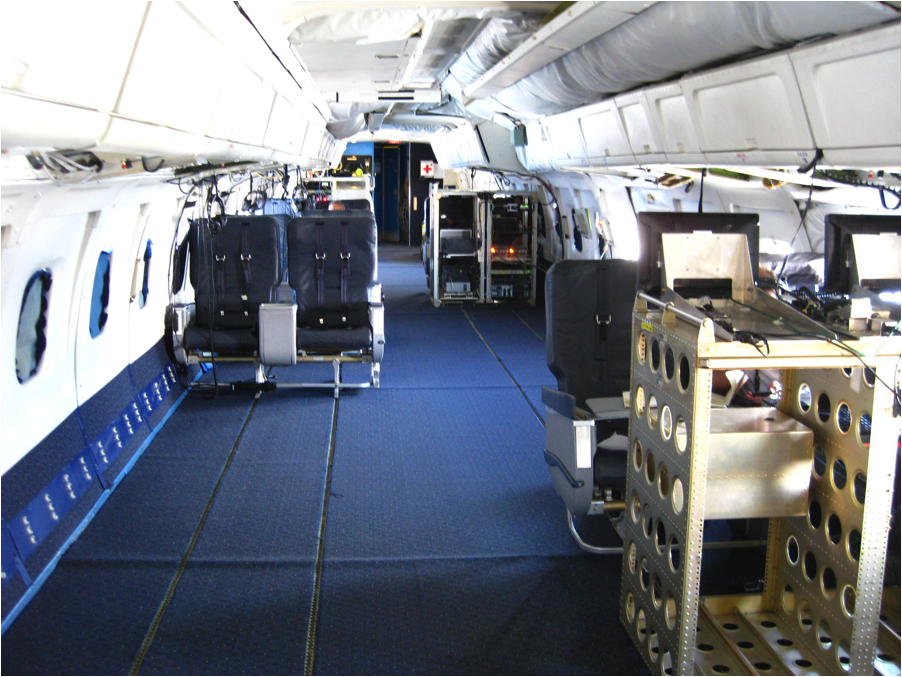GCPEx: What We Don't Know About Snow
GPM Deputy Project Scientist Gail Skofronick-Jackson discusses GPM's snowfall measurement capabilities and the challenges of measuring snow.
Video Text:
Content related to ground validation activities and field campaigns.
GPM Deputy Project Scientist Gail Skofronick-Jackson discusses GPM's snowfall measurement capabilities and the challenges of measuring snow.
Video Text:

The SVI is also being used during the GCPEx field campaign.

The SVI is set up about a foot off the ground and the snowflakes are falling from top to bottom through the frame. They can bee seen here in different three-dimensional orientations at 5x magnification.

